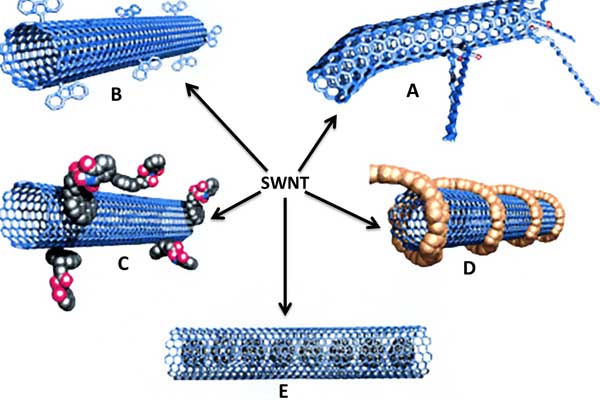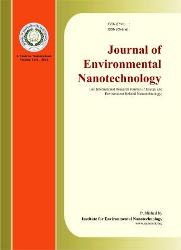 Advanced carbonaceous materials have drawn great attention throughout the world because of their particular microstructures, unique properties and great potential applications in many fields. Several carbon species such as methane, acetylene, benzene, xylene, toluene, etc., have been used as a carbon feedstock to synthesize CNTs . These carbon precursors are related to fossil fuels which may not be sufficiently available in near future; so in order to develop a more competitive carbon material, it is necessary to consider developing carbonaceous materials from the natural resource. Recently, there have been reports on the use of natural precursor: Sun flower oil, Pungamia Pinnata oil , Pine oil and Corn oil for synthesis of CNTs . More recently, different groups have used chemical vapor deposition method and prepared aligned carbon nanotubes (ACNTs) . The ferrocene acts as in situ Fe catalyst precursor and forms nanosized Fe particles for the growth of ACNTs on Si substrates. Despite the mentioned efforts aiming at efficient synthesis of CNTs, further research is necessary to improve yield and purity of CNTs. The main components of neem oil are hydrocarbons containing low amount of oxygen which provides the precursor species in catalytic CVD growth of CNTs. In our lab we synthesis aligned CNTs bundles using various non-edible oils as the carbon source using the spray pyrolysis technique. To the best of our knowledge, there has been no report on the use of this green bio-hydrocarbon in producing aligned CNTs bundles. Neem oil being a natural source which is renewable and cheap has the potential to be the green alternative for industrial scale production of CNTs.
Advanced carbonaceous materials have drawn great attention throughout the world because of their particular microstructures, unique properties and great potential applications in many fields. Several carbon species such as methane, acetylene, benzene, xylene, toluene, etc., have been used as a carbon feedstock to synthesize CNTs . These carbon precursors are related to fossil fuels which may not be sufficiently available in near future; so in order to develop a more competitive carbon material, it is necessary to consider developing carbonaceous materials from the natural resource. Recently, there have been reports on the use of natural precursor: Sun flower oil, Pungamia Pinnata oil , Pine oil and Corn oil for synthesis of CNTs . More recently, different groups have used chemical vapor deposition method and prepared aligned carbon nanotubes (ACNTs) . The ferrocene acts as in situ Fe catalyst precursor and forms nanosized Fe particles for the growth of ACNTs on Si substrates. Despite the mentioned efforts aiming at efficient synthesis of CNTs, further research is necessary to improve yield and purity of CNTs. The main components of neem oil are hydrocarbons containing low amount of oxygen which provides the precursor species in catalytic CVD growth of CNTs. In our lab we synthesis aligned CNTs bundles using various non-edible oils as the carbon source using the spray pyrolysis technique. To the best of our knowledge, there has been no report on the use of this green bio-hydrocarbon in producing aligned CNTs bundles. Neem oil being a natural source which is renewable and cheap has the potential to be the green alternative for industrial scale production of CNTs.
Welcome to Nanoient its Tuesday 1st of April 2025




